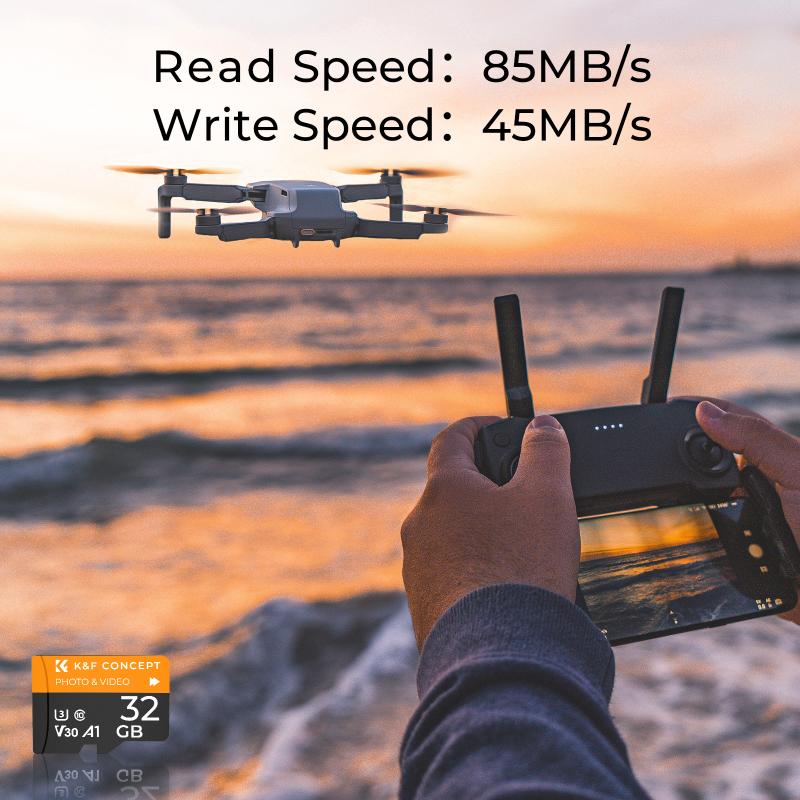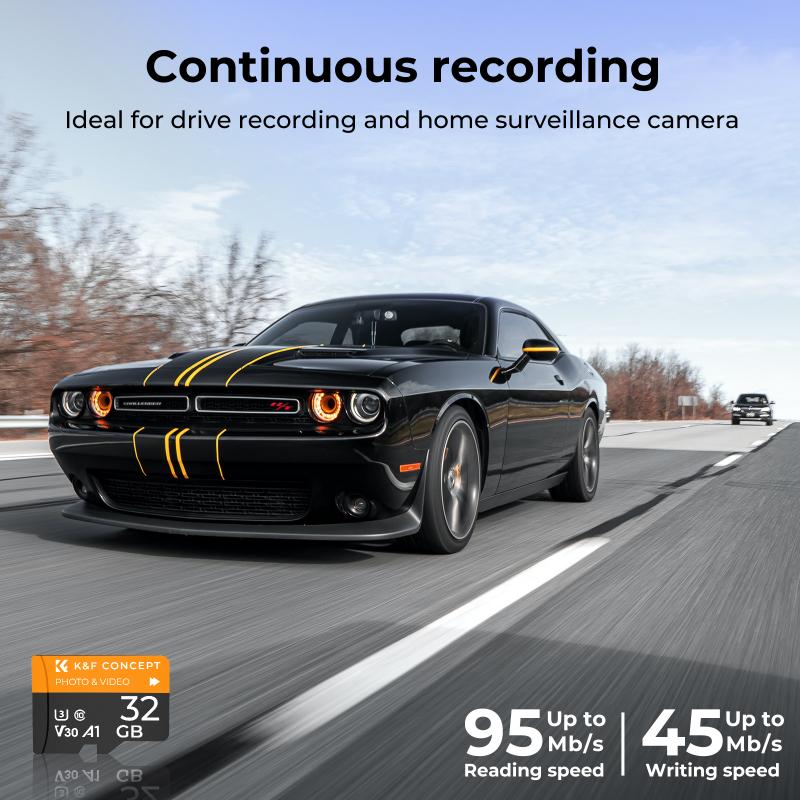How Does An Sd Card Work?
Secure Digital (SD) cards are ubiquitous in modern technology, serving as essential storage solutions for a variety of devices, from cameras and smartphones to tablets and laptops. Understanding how an SD card works can help users make informed decisions about their storage needs and troubleshoot potential issues. This article delves into the inner workings of SD cards, exploring their structure, functionality, and the technology that makes them indispensable in today's digital world.
The Anatomy of an SD Card

An SD card is a type of non-volatile memory card, meaning it retains data even when not powered. The card itself is composed of several key components:
1. NAND Flash Memory: This is the primary storage medium within the SD card. NAND flash memory is a type of EEPROM (Electrically Erasable Programmable Read-Only Memory) that allows for high-density data storage and fast read/write operations.
2. Controller: The controller is the brain of the SD card. It manages data storage, retrieval, and error correction. It also handles wear leveling, which ensures that data is evenly distributed across the memory cells to prolong the card's lifespan.
3. Interface: The interface is the part of the SD card that connects to the host device, such as a camera or smartphone. It facilitates communication between the card and the device, allowing data to be transferred back and forth.
4. File System: Most SD cards come pre-formatted with a file system, typically FAT32 or exFAT. The file system organizes the data on the card, making it accessible to the host device.
How Data is Stored and Retrieved

The process of storing and retrieving data on an SD card involves several steps:
1. Data Writing: When data is written to an SD card, the host device sends the data to the card's controller. The controller then determines the best location to store the data within the NAND flash memory. It uses algorithms to ensure that data is evenly distributed, which helps prevent any single memory cell from wearing out prematurely.
2. Data Storage: The NAND flash memory stores data in cells, which are organized into pages and blocks. Each cell can hold a certain amount of data, typically measured in bits. Modern SD cards use multi-level cell (MLC) or triple-level cell (TLC) technology, which allows each cell to store multiple bits of data, increasing the card's storage capacity.
3. Data Retrieval: When data is read from an SD card, the host device sends a request to the card's controller. The controller locates the requested data within the NAND flash memory and sends it back to the host device. The speed at which data can be read from the card is influenced by the card's speed class and the capabilities of the host device.
Speed Classes and Performance

SD cards are categorized into different speed classes, which indicate their minimum sustained write speeds. These classes are important for applications that require consistent data writing performance, such as video recording. The main speed classes are:
1. Class 2, 4, 6, and 10: These classes indicate minimum write speeds of 2MB/s, 4MB/s, 6MB/s, and 10MB/s, respectively. Class 10 cards are commonly used for high-definition video recording.
2. UHS (Ultra High Speed) Class: UHS-I and UHS-II cards offer higher performance, with UHS-I providing up to 104MB/s and UHS-II up to 312MB/s. These cards are ideal for professional photography and 4K video recording.
3. Video Speed Class: This class is specifically designed for video recording, with V6, V10, V30, V60, and V90 indicating minimum write speeds of 6MB/s, 10MB/s, 30MB/s, 60MB/s, and 90MB/s, respectively. V30 and above are suitable for 4K and 8K video recording.
Wear Leveling and Data Integrity

One of the challenges with NAND flash memory is that each cell has a limited number of write and erase cycles before it becomes unreliable. To address this, SD cards use a technique called wear leveling. Wear leveling distributes write and erase cycles evenly across the memory cells, extending the overall lifespan of the card.
In addition to wear leveling, SD cards employ error correction codes (ECC) to maintain data integrity. ECC detects and corrects errors that may occur during data storage and retrieval, ensuring that the data remains accurate and reliable.
Practical Considerations for SD Card Use
When choosing an SD card, it's important to consider the following factors:
1. Capacity: Determine the amount of storage you need based on your usage. SD cards come in various capacities, ranging from a few gigabytes to several terabytes.
2. Speed: Select a card with a speed class that matches your requirements. For example, if you're recording high-definition video, a Class 10 or UHS-I card is recommended.
3. Compatibility: Ensure that the SD card is compatible with your device. Some devices may not support higher-capacity cards or newer speed classes.
4. Brand and Quality: Opt for reputable brands that offer reliable performance and durability. Cheaper, off-brand cards may be more prone to failure and data loss.
5. Backup: Regularly back up the data on your SD card to prevent data loss in case of card failure.
Troubleshooting Common Issues
Despite their reliability, SD cards can sometimes encounter issues. Here are some common problems and their solutions:
1. Card Not Recognized: If your device doesn't recognize the SD card, try reinserting it or using it in another device. If the problem persists, the card may be corrupted or damaged.
2. Slow Performance: If your SD card is performing slower than expected, it may be due to fragmentation or a nearly full card. Try formatting the card to improve performance, but be sure to back up your data first.
3. Data Corruption: Data corruption can occur due to improper ejection, power loss during data transfer, or physical damage. Use data recovery software to attempt to retrieve lost files, and consider replacing the card if corruption is frequent.
4. Write Protection: Some SD cards have a physical write-protection switch. Ensure that the switch is in the correct position to allow data writing.
SD cards are a vital component of modern digital devices, offering convenient and reliable storage solutions. By understanding how SD cards work, users can make informed decisions about their storage needs, optimize performance, and troubleshoot common issues. Whether you're a professional photographer, a videographer, or a casual user, knowing the intricacies of SD card technology can enhance your digital experience and ensure that your data is stored safely and efficiently.
